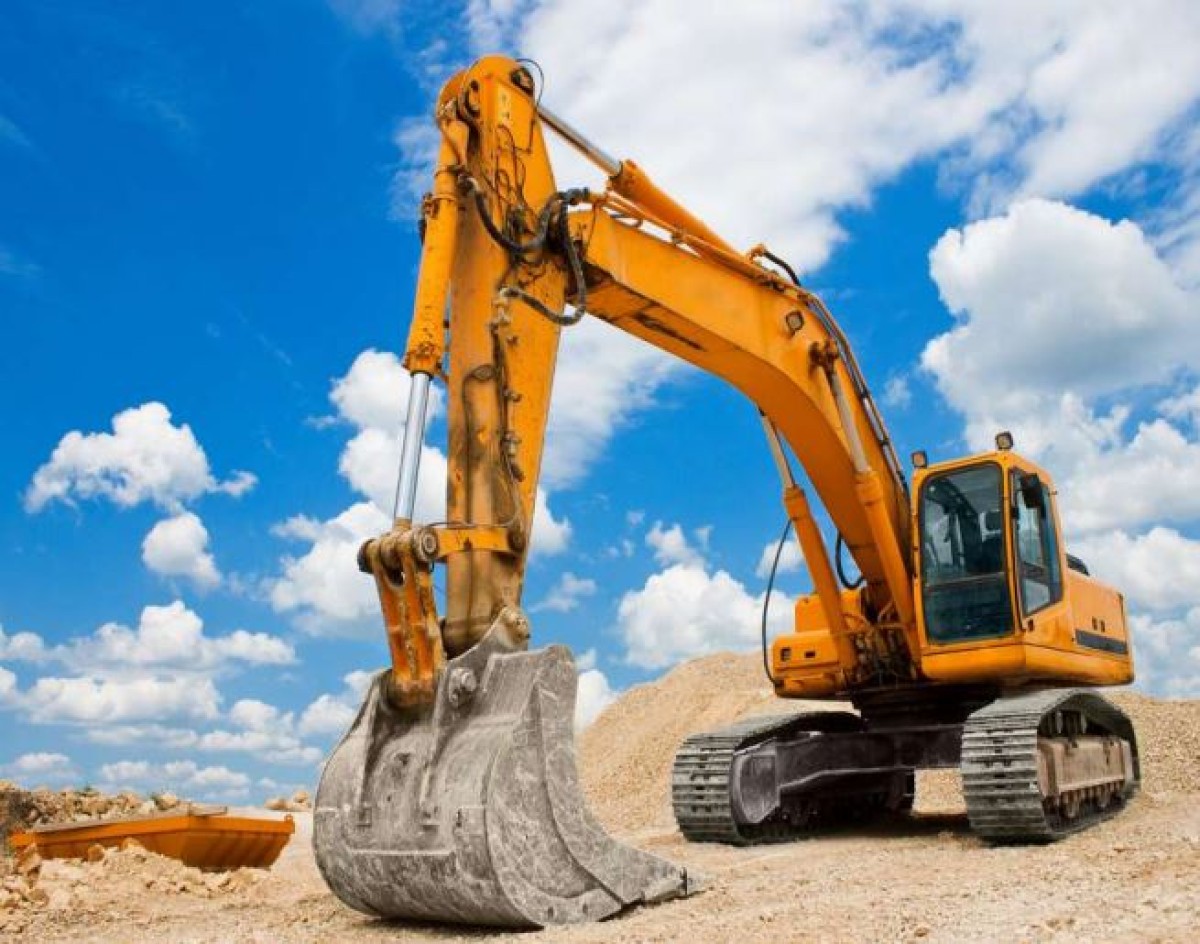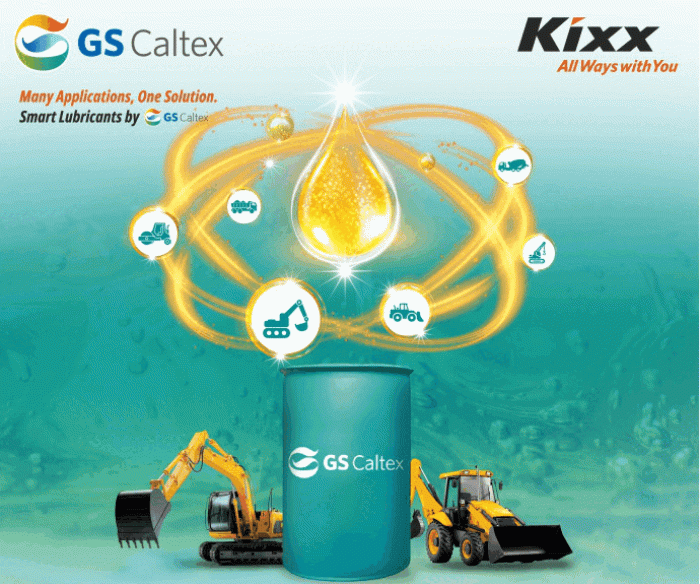What are the current market dynamics and future trends of Excavators Market?
Excavator equipment remains a pivotal component within the construction and mining sectors, offering unparalleled efficiency and productivity in various excavation tasks. The market for excavator equipment has witnessed steady growth in recent years, driven by the increasing global infrastructure development projects and substantial investments in the construction industry. The advent of advanced technologies in excavator equipment, such as telematics and GPS systems, has further propelled market growth, improving operational efficiency and minimizing downtime. With the escalating demand for construction machinery worldwide, the excavator equipment market is poised for continued expansion and innovation, catering to the evolving needs of the industry.
Top Trends that are dominating the Excavator ‘s segment of Construction Equipment!
The global excavator market is witnessing a transformative phase as technological advancements, environmental considerations, and increasing construction activities reshape the industry landscape. Excavators, pivotal in earthmoving and construction projects, are adapting to diverse demands and challenges. This blog explores key trends influencing the excavator market, emphasizing how these shifts impact manufacturers, contractors, and the industry at large.
1. Rise of Hybrid and Electric Excavators
As the market for excavators continues to place a greater emphasis on environmental responsibility, hybrid and electric versions are experiencing a spike in popularity. These machines have lower emissions, lower running costs, and improved energy efficiency than their predecessors. It is anticipated that the transition towards environmentally friendly excavators would gain steam as environmental rules become more stringent on a global scale.
2. Smart Excavators with IoT Integration
Excavators are gaining intelligence as a result of the use of Internet of Things (IoT) technologies. Telematics, real-time monitoring, and predictive maintenance are examples of intelligent features that are increasingly becoming the norm. Excavators that are enabled with Internet of Things technology improve efficiency, cut down on downtime, and give contractors the ability to make decisions based on data for better project management.
3. Compact Excavators for Urban Construction
The trend towards urbanization is increasing the need for compact excavators that are suitable for working in limited spaces in places with a high population density. The adaptability of these machines allows them to be utilized in a wide range of applications, including residential building, landscaping, and utility developments. The combination of their superior functions and small form makes them a vital component in the process of urban development.
4. Increased Focus on Operator Comfort and Safety
To improve the overall quality of the working experience, manufacturers are placing a higher priority on the comfort and safety elements of their products. A reduction in operator tiredness and a reduction in the likelihood of accidents are both outcomes that can be achieved by the implementation of modern safety technology, ergonomically constructed cabins, and enhanced visibility. A higher level of operator well-being is associated with higher levels of both productivity and job satisfaction.
5. Adoption of Artificial Intelligence in Excavator Automation
The incorporation of artificial intelligence (AI) for the purpose of automating and operating autonomously is causing excavators to undergo a process of evolution. The processes of digging, grading, and loading can be optimized by excavators powered by artificial intelligence, which improves both precision and operating efficiency. Due to the fact that this trend is expected to revolutionize excavation techniques, they will become more accurate and efficient in terms of time.
6. Global Growth in Infrastructure Development
One of the most important factors that is driving the excavator market is the growth in the number of infrastructure projects, particularly in economies that are still growing. Infrastructure development, which includes the construction of roads, bridges, and utilities, is receiving investments from governments all over the world. The need for excavators is being driven by the rising construction activity, which is being used for a variety of applications.
7. Customization and Attachment Innovations
Excavator manufacturers are focusing on customization options and innovative attachments to cater to specific project requirements. Quick couplers, hydraulic thumbs, and specialized buckets enhance the excavator’s versatility, allowing it to handle a broader range of tasks. Customization trends empower contractors to maximize the utility of their excavators across different projects.
Key Growth Drivers:
1. Infrastructure Development:
The Indian government’s sustained emphasis on infrastructure projects is a primary catalyst for increased demand in the excavator market. These machines play a pivotal role in executing critical construction tasks, aligning with the robust growth of the infrastructure sector.
2. Urbanization Impact:
Accelerating urbanization has led to heightened demand for residential and commercial spaces, consequently driving construction activities. Excavators, recognized for their efficiency in earthmoving and foundation preparation, are integral to this process, contributing to market expansion.
3. Government Initiatives:
Strategic initiatives such as “Make in India” and the “Smart Cities Mission” are crucial in providing impetus to the construction and infrastructure sectors. The proactive governmental approach establishes a conducive environment for the excavator market to thrive.
4. Technology Integration:
The integration of advanced technologies, including GPS tracking and fuel-efficient engines, enhances the productivity and efficiency of excavators. This technological advancement responds to industry demands for cutting-edge solutions, contributing to the market’s steady expansion.
5. After-Sales Support:
Comprehensive after-sales support, comprising maintenance services and operator training, significantly adds value to the longevity and performance of excavators. This holistic approach creates a favorable market environment, ensuring the optimal functionality of these heavy-duty machines.
The Growth Drivers, challenges, and opportunities!
Surge in construction and mining activities worldwide are the major factors that are expected to drive the growth of the crawler excavator market in the upcoming years. Besides, features of crawler excavators like suitable for muddy conditions, capacity to carry huge weights, and more can potentially fuel the growth of the crawler excavator market for the next few years. Moreover, new infrastructural developments and new mining projects initiated by governments of different countries can boost the demand in the crawler excavator market. However, the requirement of large capital investments for installation, maintenance, replacements and repairs of crawler excavators are anticipated to hamper the growth of the global crawler excavators market. On the contrary, growing government incentives in construction and mining industries are anticipated to provide lucrative growth opportunities for the crawler excavator market during the forecast period.
The Trends in crawler excavator market
Focus on waste management providing huge returns
The increasing need for waste management in manufacturing industries is expected to provide many opportunities for the crawler excavator market. The immense construction activities observed in the emerging countries like China and India can boost the demand for these vehicles. Gathering waste from industrial sites, construction sites and waste yards have raised the demand for heavy material handling systems like backhoe loaders, wheeled loaders and others, thereby propelling the growth of the crawler excavators market. In addition, government implemented schemes for proper waste management like the Solid Waste Management Rules, implemented by the government of India in 2016 are expected to contribute significantly for the growth of the crawler excavator market in the upcoming years.
The Notable growth in mining sector
Governments of different nations are investing heavily on new mining projects. For example, the government of India has approved new mining projects like Adasa underground mine project in Maharashtra, Kulda opencast project in Odisha, and more. The crawler excavators have a wide range of applications in the mining industry as the extraction of mining products essentially need ground engaging equipment. Moreover, the mining sector throughout the world is witnessing fast recovery from an economic crisis in recent years. These factors can be augmented for the positive growth of the crawler excavator market during the forecast period.
The construction industry, but also the demand for excavators, is affected largely by the increase in investment by the government in infrastructural developments, mining, large-scale agriculture, forest clearing, and others. The higher productivity with optimum fuel usage is the prime factor that the customer looks for in such construction support types of equipment, as the investment made behind such a purchase is high. The excavator market size is anticipated to witness healthy growth driven by the increasing demand for transportation and unloading of excavated materials in the construction and manufacturing sectors across the globe. The high usage of excavators in material handling and infrastructure development applications will drive industry demand. The rising excavation of minerals for use in several industries is creating a demand for excavators. In addition to that, commercial and residential infrastructure developments under smart city initiatives will require heavy machines for various applications, including the demolition of old buildings, further creating equipment demand. The rising demand for hydraulic and longreach excavators for low-level and high-level demolition is fueling the industry statistics. The increasing demand for excavators among construction equipment operators for excavating, grading, and site preparation activities is the primary factor driving market growth. The demand for wheeled excavators is expected to rise over the forecast period as urban infrastructure, roads and highways, and the mining sector expand. Wheeled excavators are majorly used in urban areas, and projects such as smart cities and megacities are boosting their requirements. On the other hand, an upswing in the number of large-scale projects in the mining, road and port construction, and oil and gas construction segments has led to a surge in demand for excavators on an international level. The emergence of the concept of excavator rentals is another foremost driving factor, as it allows operators and producers to utilize the equipment without heavy capital investments and make maximum usage of the equipment. Apart from efficiency-related features of excavators, operators’ safety and environmental compatibility are being focused on by most manufacturers and vendors in the excavator market. By using next-generation technologies, excavator manufacturers are offering features that can guide the operator about slope and depth to grade and prevent excavator parts from moving out of set points defined by the operator.
The Market Outlook:
The excavator market in India holds substantial growth potential, presenting opportunities for manufacturers and industry stakeholders. With the demand for construction machinery rising, the market landscape reflects a positive and steady outlook for the foreseeable future. Regional Opportunities: Several states in India have emerged as potential hubs for excavator market growth, each offering unique advantages for manufacturers. States like Gujarat, Madhya Pradesh, West Bengal, and Orissa showcase significant infrastructure development plans, government initiatives, and investment-friendly environments, making them attractive for manufacturing plants and business expansion.
Conclusion:
In conclusion, as India’s economy progresses and infrastructure development takes precedence, the excavator market witnesses notable growth. This article provides an overview of the industry dynamics, emphasizing the interplay of urbanization, government initiatives, and technological advancements. Opportunities abound, and stakeholders strategically position themselves to contribute to the nation’s progress in the construction and infrastructure sectors. The excavator market is navigating a dynamic landscape shaped by environmental considerations, technological advancements, and evolving project requirements. The rise of hybrid and electric excavators, the integration of IoT and AI technologies, and a focus on operator comfort and safety are pivotal trends transforming the industry. As infrastructure development gains momentum globally, the demand for excavators is set to rise. Manufacturers that embrace these trends and deliver innovative, sustainable, and versatile excavators will be well-positioned for success in this evolving market. The excavators role as a cornerstone in construction and development projects is cemented, and its future promises exciting advancements that align with the changing needs of the industry. C
















Leave a comment